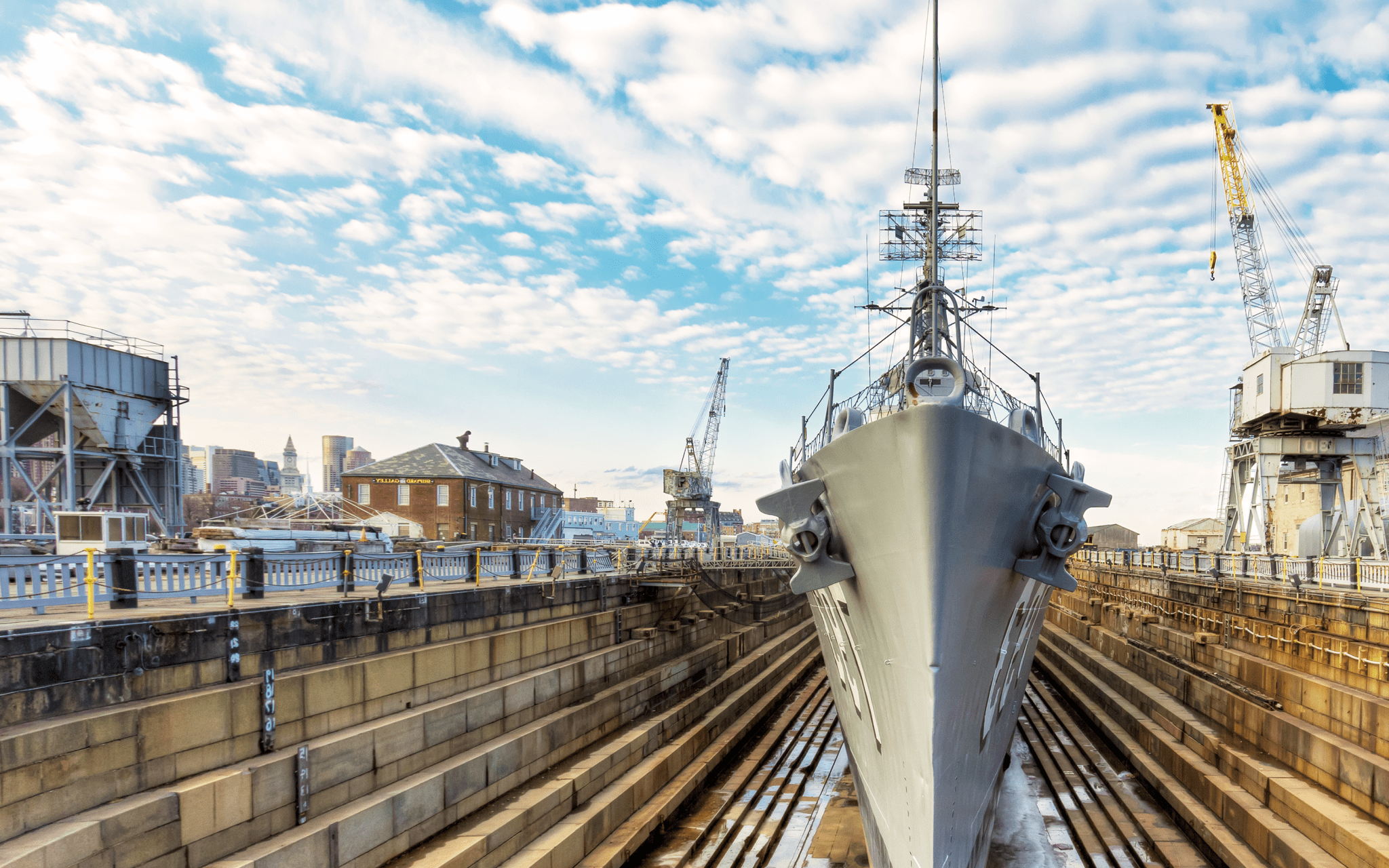Fort Ord California - Did Polluted Base Expose Veterans?
The Fort Ord army base in California is one of the most polluted places in the United States. Contaminated water, stormwater outfalls, and metal fragments contributed to the toxic exposure at Fort Ord. Veterans today claim that their cancer diagnosis is a result of the chemicals in drinking water at the army base.

California’s Fort Ord Army Base
The Fort Ord army base sheltered millions of military men and women from 1917 to 1994. Used as a base to train troops, Fort Ord stretched nearly 28,000 acres along the coast of California. A public health assessment evaluated Fort Ord toxic exposure. Polluted groundwater washed into the wells used for drinking water, posing a possible health risk to the units. Although Camp Lejeune is across the country, the theme of water contamination seems to be a story the military can’t shake.
History of Fort Ord Toxic Exposure
The Environmental Protection Agency (EPA) placed Fort Ord on the Superfund program’s National Priorities List (NPL) after explosives and cleaning chemicals contaminated the surface soil and groundwater, making Fort Ord one of the most polluted places in the nation. Hundreds of veterans have since claimed that their illnesses began with their time served at Fort Ord. Toxic exposure in the military is not a new concept and has occurred on stations throughout the nation. Prolonged exposure of asbestos and other toxins has caused health complications among veterans for decades. A public health assessment in 1996 addressed the levels of contamination in the Fort Ord and Marina areas.
Where is Fort Ord?
Fort Ord is located in Monterey County on the central coast of California. The base neighbors Marina Bay and Salinas, the county’s largest city. With a location on the central coast of California, forest areas and dunes surrounded Ford Ord barracks and firing ranges. Fort Ord pictures show barracks along the coast and military personnel among the greenery in Monterey County similar to Veterans on shipyards.
Activities and Occupations at Fort Ord California
The U.S. Army established several bases, including the Fort Ord army base as a maneuver area and field artillery target range. A maneuver area allows for aircraft takeoff, landing, and maintenance while the field artillery target range aided in short-range, long-range, and even longer-range practice. Military personnel took part in basic training at the Fort Ord barracks, learned to handle a weapon in the target range, and implemented the skills of a soldier, such as leadership, discipline, and teamwork.
Possible Fort Ord Toxic Exposure
Troops at Fort Ord spent most time training in target ranges and canyons in which they would throw live grenades. These canyons, better known as “mortar alley,” consisted of chemicals from solvents used for cleaning, scrap metal, and ammunition fragments. These toxins sunk into the soil and drained into the communal drinking wells posing a threat of toxic exposure.
Did Soldiers Drink Contaminated Water at Fort Ord?
In 1985, the Agency for Toxic Substances and Disease Registry (ATSDR) conducted on-ground examinations of the site to check the level of contamination in the military water supply. The ATSDR administrated a chemical analysis of groundwater samples collected through the marina county water district.
They found low, non-threatening levels of volatile organic compounds (VOC) in the surface soil and groundwater, including TCE, DCE, and benzene. Trichloroethylene (TCE) is a solvent that cleans and strips metal. Dichloroethene (DCE) is a solvent for wax, resin, dyes, and perfumes. And benzene is a chemical for plastic and resin. Armories and gunsmiths most likely used benzene.
The EPA provides a Maximum Contaminant Level Goal regarding the maximum level of a contaminant within drinking water that does not cause health effects.The MCLG of TCE is zero mg/L, of DCE is .07 mg/L, and of benzene is zero mg/L. The public health assessment released by the Department of Health and Human Services states the amount of drinking water in the wells at Fort Ord diluted the contaminants creating levels that posed little to no health effects.
After the chemical analysis, the ATSDR determined that past and future contaminations do not pose a threat to health.
Fort Ord Stormwater Outfalls
There are seven stormwater outfalls on Fort Ord Beach. The stormwater outfalls, containing contaminants serve as drainage points from sewers or rivers that lead to a large body of water. The ATSDR collected samples from the stormwater outfalls, and the samples had low levels of contamination. Events that drain waste into the water are inconsistent and human contact with it would be accidental. The ATSDR determined that the stormwater outfalls were not apparent health hazards.
The beach ranges at Fort Ord, covered in bullet fragments, also posed a possible threat to troops. The fragments contaminated the grounds with lead. Some areas on the beach had light or moderate coverage, while some parts showed heavy surface coverage. The ATSDR assigned crews to clean regions of high lead contamination would be cleaned, and restricted access to the low to moderate zones.
Present Day Fort Ord Toxic Exposure
Fort Ord is not an active army base today. In 1990, the EPA put Fort Ord on the National Priorities List (NPL) requiring further examination of the Superfund site. In 1991, the Base Realignment and Closure (BRAC) proposed the closure of Fort Ord, then the units moved to Fort Lewis, Washington.
The Fort Ord army base officially closed in 1994 and the area became Fort Ord Dune State Park. Visitors can now hike, bike, or ride horses along the trails of the Fort Ord national monument on the grounds. Cleanup crews placed the current drinking water wells far from the sites of contamination and drilled deeper into the ground to prevent toxic exposure. This isn’t the first military site to close in California and is reminiscent of Hunter’s Point Naval which was shut down in 1994.
Is Fort Ord a Superfund Site?
Yes, Fort Ord is a Superfund site. Therefore, officials dumped any waste, chemicals, or debris collected into holes or tanks underground. At the time, the possible effects of harsh solvents or metal fragments were not a concern, and leaks from waste dumping caused contaminants to travel away from the dump sites and into the residential areas of Fort Ord.
Possible Connection to Recent Veterans Cancer Diagnosis
Several years later, Fort Ord veterans have been diagnosed with rare blood cancers. In general, veteran cancer rates prove to be higher than the ordinary population nationwide. However, the Associated Press (AP) found that Fort Ord veterans have a 35 percent higher rate of multiple myeloma diagnoses.
Can I File a VA Medical Claim If I Served at Fort Ord?
All examinations and research conducted show that Fort Ord toxic exposure was not at health-threatening levels, so VA does not permit compensation for toxic exposure in the drinking water at the Fort Ord army base. However, their website shares the active VA cancer claims eligible for compensation.
Medical centers in Los Angeles provide treatment and care for veterans suffering from cancer diagnoses due to toxic exposure or injury in the military.
Best Way to File A Claim with the VA Claims Department
If you or a loved one was diagnosed with an illness from military service, you may qualify for a VA claim or seek treatment at a facility in the Palo Alto Health Care System. The VA website helps in the process of submitting a VA claim.



